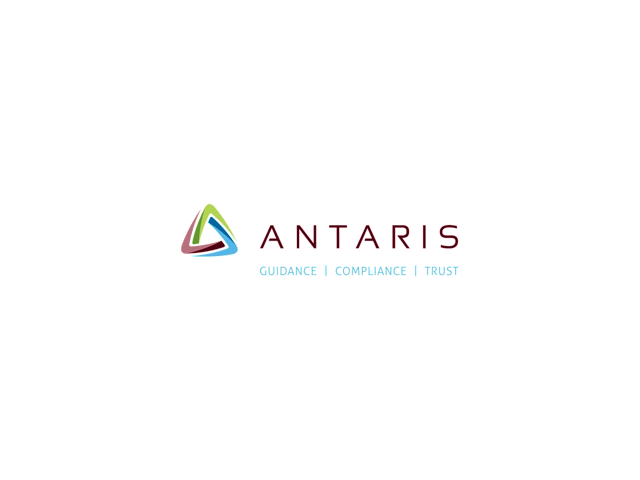The International Organisation for Standardisation (ISO) published the Integrated Use of Management System Standards (IUMSS) Handbook in November 2018. First published in 2008, this second edition brings together best-practice guidance and case studies on the implementation of integrating management system standards.
This blog continues with a review of chapter 1: Management system.
Chapter 1.3 Components of a management system.
Every management system has several essential components that enable it to function. These are:
- Objectives;
- Processes;
- Organisational structure and resources;
- Performance feedback.
1.3.1 Objectives
The organisation should establish objectives in order to maintain and improve the management system and to achieve continual improvement in its performance.
When determining its objectives, the organisation must take into account:
- The context of the organisation;
- The results of the assessments of risk and opportunities;
- Applicable legal and other requirements;
- The results of consultation with interested parties.
The objectives should address both broad corporate issues and issues that are specific to individual functions and levels within the organisation.
The organisation can set some objectives in order to maintain a certain level of performance and can set other objectives for the purpose of achieving an improvement in its performance. This means that in the case of the former, once a level of performance has been achieved and no further opportunity for improvement can be identified, the organisation can set an objective that maintains that set level of performance until such time as new opportunities are identified.
The objectives, if practicable, should be measurable or capable of performance evaluation. Ideally, the objectives should be specific, measurable, achievable, realistic and time-oriented (SMART).
The objectives should be monitored, communicated and be updated as appropriate. They need to be cascaded throughout the organisation.
The organisation is not required to establish objectives for every risk and opportunity it determines.
In order to achieve the objectives a programme or programmes should be established.
A programme is an action plan for achieving one or all of the objectives.
The programme, at a minimum, should address the following:
- What is to be done;
- What resources (e.g. financial, human, equipment & infrastructure) will be required;
- Who will be responsible;
- When it will be completed;
- How the results will be evaluated, including indicators for monitoring.
The programme should be reviewed at planned intervals, and adjusted as necessary, to ensure that the objectives are achieved. This review can be part of the management review process.








